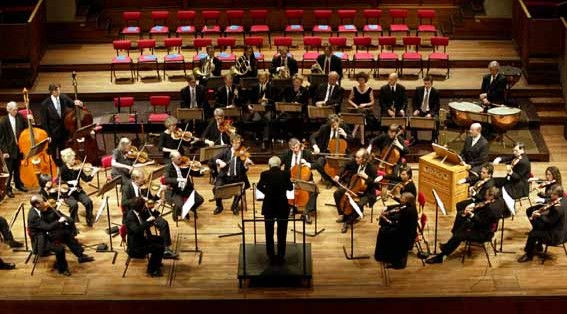
Last term I taught a class with the ideal number of students: 25. I am going against conventional wisdom here. The seminar, with 10-15 students, is generally the favored number. This is what elite liberal arts schools offer and what they claim serves students best.
I am not against the seminar-size class—or the round table that generally accompanies it. It’s just that a seminar only really works if the students who make it up are diverse in background and personality. Unfortunately, such diversity doesn’t always happen, and if half or more are timid or taciturn, a few noisy souls will dominate and give everyone else a headache. A wide-ranging play of minds is crucial to a good class, particularly on the undergraduate level, and a very small class risks losing that playfulness.
A class of more than 25 students can have its place too, if taught by a “performing prof.” I know such people—faculty members who greet students with arias from well-known operas, deliver their lectures in the voices of cinematic characters (a lecture on Milton in the voice of Marlon Brando’s Godfather), or come to class dressed as famous people (Dr. Johnson, Groucho Marx). Few professors can carry off this kind of shtick (or have the inclination to do so), but if they don’t do it, they are likely to have trouble holding the attention of 50 or more students otherwise prone to text, daydream, or sleep.
This is why a class of 25 seems best. Cliques may form in a class of this size, but there are generally enough of them to guarantee different angles on a subject. I liken the effect to a small orchestra, where a large class is more like a rock concert, and a seminar, a chamber music group (in the last case, you better have good instrumentalists or the experience isn’t going to go well).
What I like about the 25-person class is the chance to build texture and variety through the layering and counterpointing of student voices. To continue the conducting metaphor, I try to make the class play in lively unity, echoing and riffing off each other—bringing in the flute here (the sensitive girl in the corner), the horns there (the group of jock boys toward the back), the strings next (the English majors with a weakness for jargon in the front row), and so on. As one comment leads to the next and to the next, a class of this size moves into crescendo, building in intensity and profundity as the work under discussion opens and deepens. At its best, the class moves on its own through the stages of understanding, so that the teacher becomes almost invisible while being nonetheless present and influential. I always wondered what an orchestra conductor actually did. When I teach such a class, I know.

